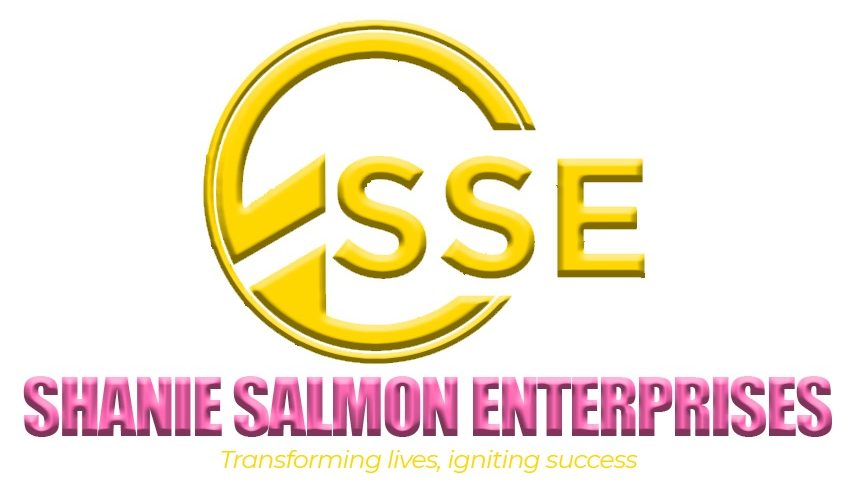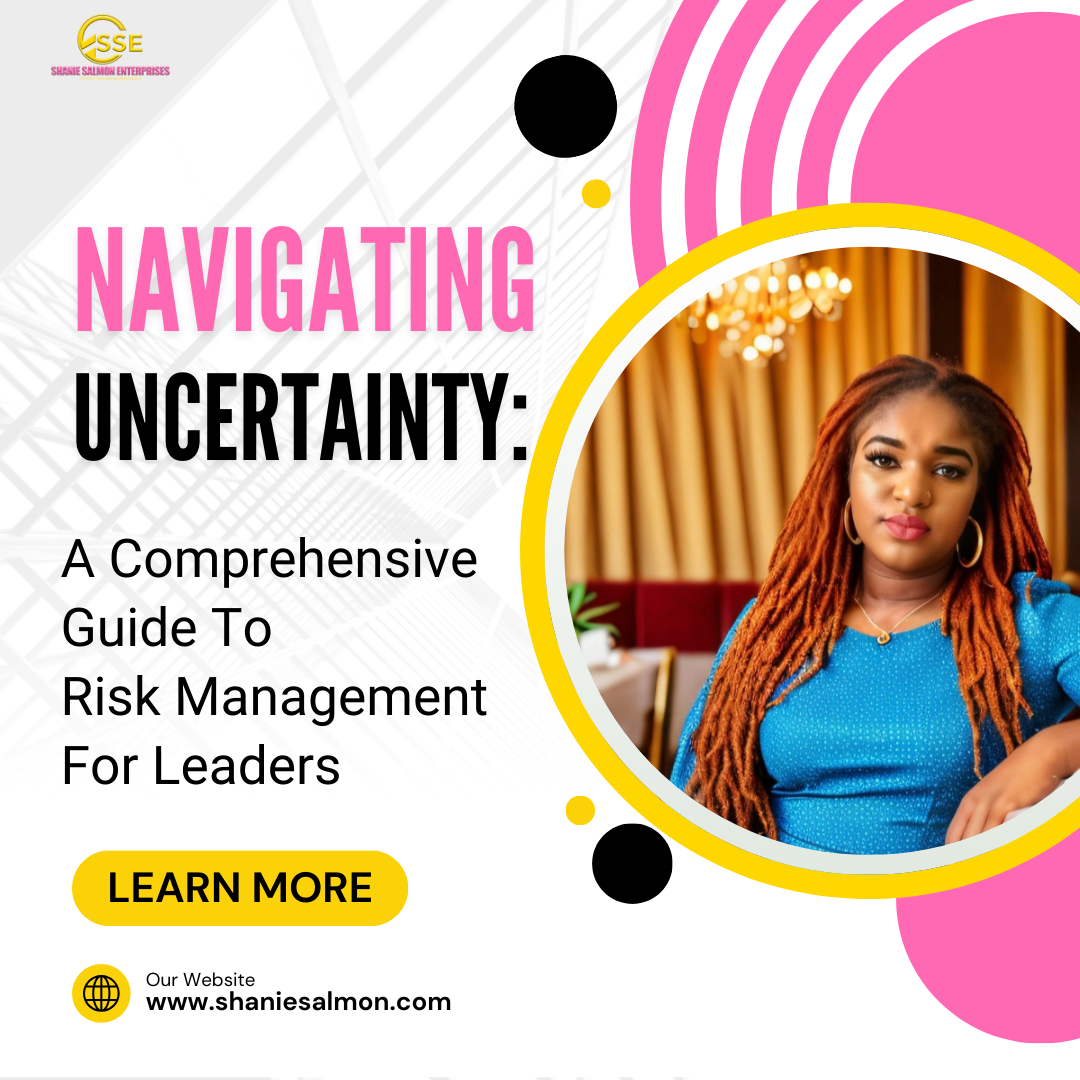As a leader, navigating uncertainty and making informed decisions is crucial for driving growth and achieving success. Effective risk management is essential for identifying and mitigating potential threats, protecting your organization’s reputation, and ensuring compliance with laws and regulations. In this comprehensive guide, we’ll explore the importance of risk management, the different types of risks, the risk management process, and best practices for implementing a robust risk management framework
What is Risk Management?
Risk management is the process of identifying, assessing, and mitigating potential risks that could impact an organization’s objectives. It involves a systematic approach to managing uncertainty and potential threats, and is an essential part of any organization’s overall strategy.
The Importance of Risk Management
Risk management enables leaders to:
- Protect the organization’s reputation
- Ensure compliance with laws and regulations
- Optimize resources
- Improve decision-making
Types of Risks
There are several types of risks that organizations face, including:
- Strategic Risks: Risks that impact the organization’s overall strategy and objectives.
- Operational Risks: Risks that impact the organization’s day-to-day operations.
- Financial Risks: Risks that impact the organization’s financial stability and security.
- Compliance Risks: Risks that impact the organization’s ability to comply with laws and regulations.
- Reputation Risks: Risks that impact the organization’s reputation and brand.
The Risk Management Process
The risk management process involves several steps, including:
- Risk Identification: Identify potential risks that could impact the organization.
- Risk Assessment: Assess the likelihood and potential impact of each identified risk.
- Risk Prioritization: Prioritize risks based on their likelihood and potential impact.
- Risk Mitigation: Develop and implement strategies to mitigate or manage identified risks.
- Risk Monitoring: Continuously monitor and review risks to ensure that they are being effectively managed.
Leadership’s Role in Risk Management
Leaders play a critical role in risk management, including:
- Establishing a risk-aware culture
- Setting risk appetite and tolerance levels
- Allocating resources to support risk management efforts
- Monitoring and reviewing risks
- Communicating with stakeholders about potential risks and the organization’s risk management efforts
Best Practices for Risk Management
Here are some best practices for implementing a robust risk management framework:
- Implement a risk management framework
- Conduct regular risk assessments
- Develop a risk register
- Establish key risk indicators (KRIs)
- Provide training and awareness programs
Common Risk Management Mistakes
Here are some common risk management mistakes to avoid:
- Not identifying risks
- Not prioritizing risks
- Not allocating resources
- Not communicating with stakeholders
- Not reviewing and updating the risk management approach
Effective risk management is critical for leaders who want to protect their organization’s reputation, ensure compliance, optimize resources, and improve decision-making. By understanding the different types of risks, the risk management process, and best practices for implementing a robust risk management framework, leaders can minimize the impact of potential risks and achieve their organization’s objectives.
At Shanie Salmon Enterprise, we empower leaders to make informed decisions and drive growth through effective risk management. Our mission is to provide leaders with the tools and expertise they need to navigate complex risks and achieve success.
Want More Actionable Tips?
Want more actionable tips to grow your business? Subscribe to our newsletter and follow our blog for regular insights that help you thrive.
Share Your Thoughts
What strategies have helped you implement effective risk management in your organization? Share your thoughts in the comments below or connect with us on social media. Let’s grow together!







